PRAISE FOR DONT HURRY ME DOWN TO HADES
Susannah J. Urals Dont Hurry Me Down to Hades masterfully recounts the Civil War, relying on the voices of the people who experienced it. Her narrative captures its vastness and violence, moving North to South, battlefield to homefront, but also includes poignant moments of intimacy and loss The result is a fresh and engaging account of the conflict.
Lesley J. Gordon, Editor, Civil War History
Compelling voices that will reward anyone seeking nuance rather than a simple narrative.
Gary W. Gallagher, author of The Union War and The Confederate War
Susannah J. Ural reminds us that the Civil War was fought by real people with families and deep emotional connections This is the Civil War as lived experience, vibrantly and movingly written.
Professor Anne Sarah Rubin, author of A Shattered Nation
Gracefully written and powerfully argued, Dont Hurry Me Down to Hades offers an eye-opening new perspective on the Civil Wars social and cultural history.
Professor Amy Murrell Taylor, author of The Divided Family in Civil War America
Taking her sources as her co-authors, Susannah Ural ferries us deep inside the maelstrom of the Civil War to its very heart, where we realize anew that war is not a sequence of battles but a vast mosaic of heart-rending family crises. Beautifully written, exhaustively researched, and highly recommended.
Professor Steve Berry, author of House of Abraham
In this dramatic, expertly conceived and executed work...[Ural] deftly weaves the words and lives of the participants into a narrative of rare depth and insight. What she achieves is to go beyond the simple daily routings of the historical actors, as the powerful letters and journals she includes give readers a sense of the internal struggles that flowedthrough every facet of the war and society itself For Civil War enthusiasts and historians of the era, this is a must read.
T. Maxwell-Long, California State University, San Bernardino, Choice: Current Review for Academic Libraries, June 2014
Urals fine combination of military history and personal saga uses original documents to excellent effect.
Publishers Weekly
The author highlights the social and cultural history of the American Civil War by linking new, rare accounts of families and ordinary citizens who witnessed the war with a compelling contextual analysis of the period.
Military History Quarterly
For my family:
the Urals, the Rasberrys,
and the best of us all,
Robby Bruce

CONTENTS

LIST OF ILLUSTRATIONS
Plate Section 1
15th Street Presbyterian Church, Washington, D.C., ca. 1890s. This photo shows the church as it would have appeared around the time Francis Grimk served as its minister. Library of Congress Prints and Photographs Division Washington, D.C.
Charlotte Forten, ca. 1870s. Photography Collection, Miriam and Ira D. Wallach Division of Art, Prints and Photographs, The New York Public Library, Astor, Lenox and Tilden Foundations.
Abraham and Tad Lincoln, 1865. Library of Congress Prints and Photographs Division Washington, D.C.
Willie and Tad Lincoln with their cousin Lockwood Todd in 1861. Library of Congress Prints and Photographs Division Washington, D.C.
Willie Lincoln, ca. 1861. Library of Congress Prints and Photographs Division Washington, D.C.
Mary Todd Lincoln in 1861. Library of Congress Prints and Photographs Division Washington, D.C.
Lieutenant General Ulysses S. Grant, ca. 1864. National Archives at College Park, Maryland, USA
Ulysses S. Grant photographed with his family after the war. Oscar White/CORBIS
Jefferson Davis and Varina Howell Davis the year they married, 1845. Photography Collection, Miriam and Ira D. Wallach Division of Art, Prints and Photographs, The New York Public Library, Astor, Lenox and Tilden Foundations
Winnie Davis, the daughter of Jefferson and Varina Davis, born during the height of the Civil War. Beloved by Confederate veterans, she was dubbed the Daughter of the Confederacy. She died from an illness, possibly malaria, at the age of 34. CORBIS
Jefferson Daviss inauguration as Confederate president on February 18, 1861, in Montgomery, Alabama. Library of Congress Prints and Photographs Division Washington, D.C.
Leaders of both the Union and the Confederacy drew on conventional images of women at the heart of the family. Loyalty to kin and community, it was hoped, would ensure that most women endured losses with patient martyrdom. Courtesy of New York Historical Society
Family in camp with 31st Pennsylvania Infantry Regiment, ca 186165. Two poses. Civil War families often hoped to visit their soldiers, while other would come to stay with their men during the long winter encampments. It is not clear from this photo whether the soldiers family is just visiting or staying, but hints of domestic home life abound, right down to the little boys puppy. Library of Congress Prints and Photographs Division Washington, D.C.
Dead in front of Dunker Church, the Battle of Antietam, Sharpsburg, Maryland, September 1862. Library of Congress Prints and Photographs Division Washington, D.C.
Confederate dead behind the Stone Wall at the Battle of Fredericksburg, Virginia, December, 1862. Library of Congress Prints and Photographs Division Washington, D.C.
Unidentified Union girl in mourning dress. Man in photo is identified as her father, a Union cavalryman. Library of Congress Prints and Photographs Division Washington, D.C.
The reverse of The Children of the Battlefield image shown below. Library of Congress Prints and Photographs Division Washington, D.C.
The Children of the Battlefield. Frank, Alice, and Freddie Humiston, ca. 1860s. This was one of the reprinted images of the Humiston children that was sold to raise funds for the Orphanage at Gettysburg. Library of Congress Prints and Photographs Division Washington, D.C.
James Madison Bowler and Elizabeth Bowler, 1862. Minnesota Historical Society
James Rodgers Loughridge, ca. 186165. James Rodgers Loughridge Papers, Pre 18381972, Pearce Civil War Collection, Navarro College, Corsicana, Texas
Mary Felicia Martin Loughridge, ca. 1880s1890s(?). James Rodgers Loughridge Papers, Pre 18381972, Pearce Civil War Collection, Navarro College, Corsicana, Texas
Andrew Nelson Erskine in 1853. Photo courtesy of and reproduced with permission by Erskine descents Melissa Laird Lingwall and Melinda Laird Kilian.
Sarah Katherine Kate Stone Hudson, date unknown. John Q. Anderson Papers, Louisiana and Lower Mississippi Valley Collections, Louisiana State University Libraries, Baton Rouge, Louisiana
William T. Shepherd, ca. 1860. Kenosha County Historical Society, Kenosha, Wisconsin
James Rodgers Loughridge, ca. 186165. This wartime photo of Loughridge shows how without the polish of s studio photo and uniform, and more realistically captures how he and other Confederate officers looked during the war. Photo courtesy of David L. Loughridge, Plano, Texas
Taylor Battery Monument, Rosehill Cemetery, Chicago, Illinois. The inscription at the base reads, I die for liberty, boys: go back and man the gun, the famous dying words of Taylor Battery member Oscar E. Beckers at the battle for Fort Donelson, February 1862.

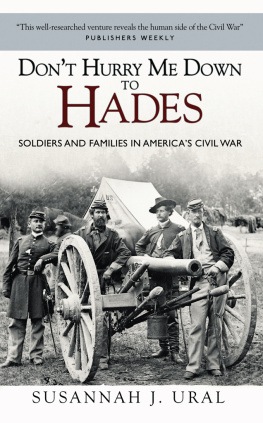

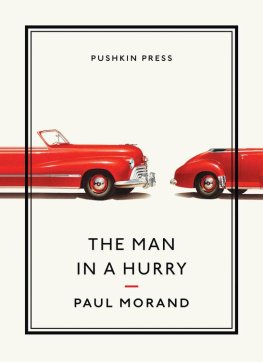
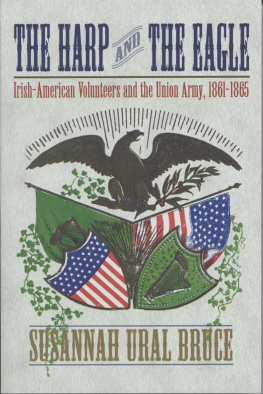


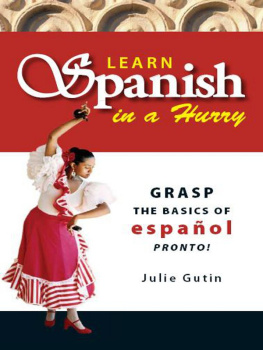

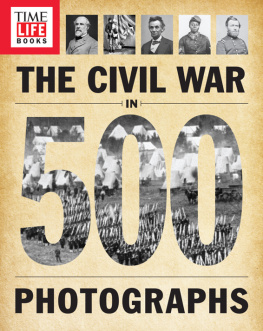
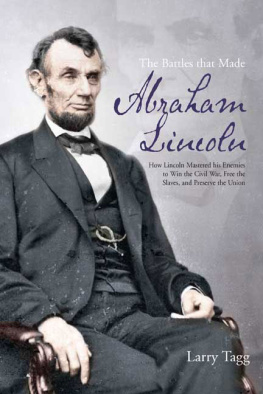

 CONTENTS
CONTENTS 